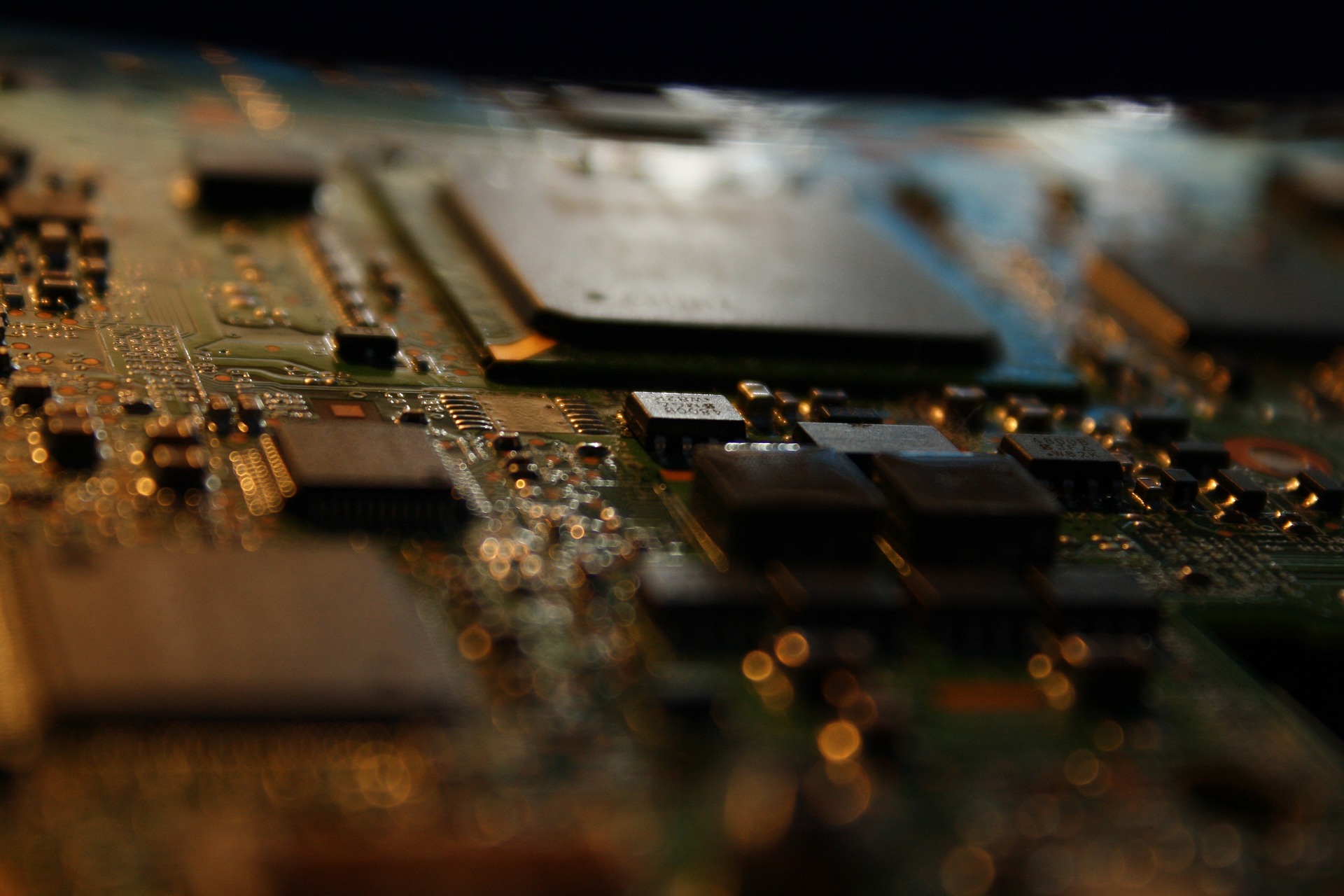In today’s tech-driven world, e-waste has become an inevitable byproduct of our modern lifestyles. From outdated gadgets to old electrical components, our homes accumulate items that need careful disposal. While it may seem like identifying and disposing of every type of waste separately is an impossible task, every small amount helps limit the amount of waste littering our landfills and increasing the cost of goods. Today, we hope to educate you on why e-waste is something to take notice of and how proper disposal can benefit you and your family.
Understanding E-Waste
E-waste, or electronic waste, encompasses discarded electronic devices and components. For homeowners, this often includes items like old cell phones, broken chargers, outdated computers, and even worn-out kitchen appliances. As technology rapidly evolves, the pile of unused electronics in our homes can grow, making it important to understand how to manage them responsibly.
E-waste, when improperly disposed of, can have dire consequences for the environment. Many electronic items contain hazardous materials like lead, mercury, and cadmium. When these end up in landfills, they can leach into the soil, contaminating groundwater and harming aquatic life. Additionally, the incineration of e-waste releases toxic fumes into the air, contributing to air pollution and posing health risks to nearby communities. Furthermore, the sheer volume of e-waste exacerbates the strain on landfills, leading to habitat destruction. On a brighter note, proper e-waste recycling can reclaim valuable metals and materials, reducing the need for new raw material extraction, which in turn conserves natural resources and reduces the carbon footprint associated with manufacturing. Here are some steps homeowners can follow:
- Identify E-Waste: Look for electronics that no longer work or are no longer in use.
- Segregate from Regular Trash: E-waste should never be mixed with regular household trash. Designate a separate bin or box for these items.
- Store Safely: Before disposal, ensure e-waste is stored in a dry place, away from children and pets. Some components can be hazardous if broken or ingested.
There are some tangible benefits, too. Recycling can sometimes fetch a return, and getting in the habit of reusing components instead of immediately tossing them in the trash can save on replacement costs. Additionally, by ensuring electronics are disposed of correctly, homeowners can prevent potential hazards, such as battery leaks or electrical fires, ensuring a safer living environment.
Electrical Upgrades for Home Efficiency
Modern electrical systems are, more often than not, being designed with sustainability in mind. Upgrading to newer systems can significantly reduce waste generation, especially from components that wear out quickly. Moreover, advanced systems are tailored to enhance energy efficiency, ensuring that homes consume electricity judiciously, leading to reduced energy bills and monthly usage.
Considering an electrical upgrade? Here are some key recommendations:
- Energy-Efficient Appliances: Opt for appliances with high energy ratings, which consume less power and last longer.
- LED Lighting: Replace traditional bulbs with LED lights, known for their longevity and lower energy consumption.
- Shop Around: Always consult with a professional electrician to find the best prices on components, upgrades, and labor costs. The expertise of a master electrician can guide you towards sustainable choices for your home’s needs, ensuring safety and efficiency.
While many people think of e-waste solely in terms of old computers and laptops, every electronic device has components that need consideration before you toss them in the trash or leave them on the side of the road for garbage pickup. In terms of house resale value, newer electrical devices and systems that produce less waste while being more reliable are huge benefits that potential buyers look for. To upgrade your home to be more energy efficient, call Promise Electric today.



